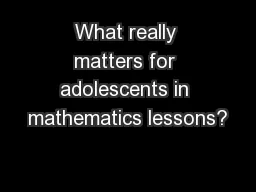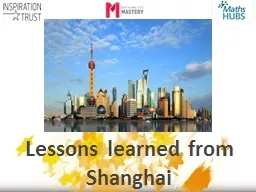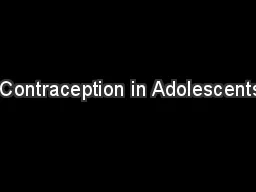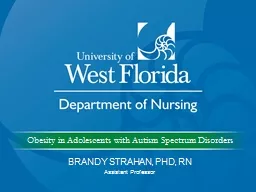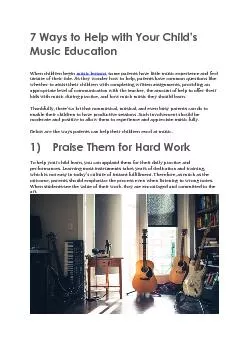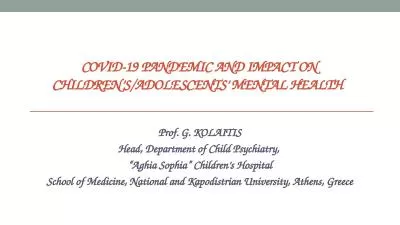PPT-What really matters for adolescents in mathematics lessons?
Author : danika-pritchard | Published Date : 2016-09-16
Anne Watson University of Sussex CIRCLETS May 2011 Warrants Intellectual background Research CMTP Research childrens learning Practice teaching mathematics and
Presentation Embed Code
Download Presentation
Download Presentation The PPT/PDF document "What really matters for adolescents in m..." is the property of its rightful owner. Permission is granted to download and print the materials on this website for personal, non-commercial use only, and to display it on your personal computer provided you do not modify the materials and that you retain all copyright notices contained in the materials. By downloading content from our website, you accept the terms of this agreement.
What really matters for adolescents in mathematics lessons?: Transcript
Download Rules Of Document
"What really matters for adolescents in mathematics lessons?"The content belongs to its owner. You may download and print it for personal use, without modification, and keep all copyright notices. By downloading, you agree to these terms.
Related Documents

